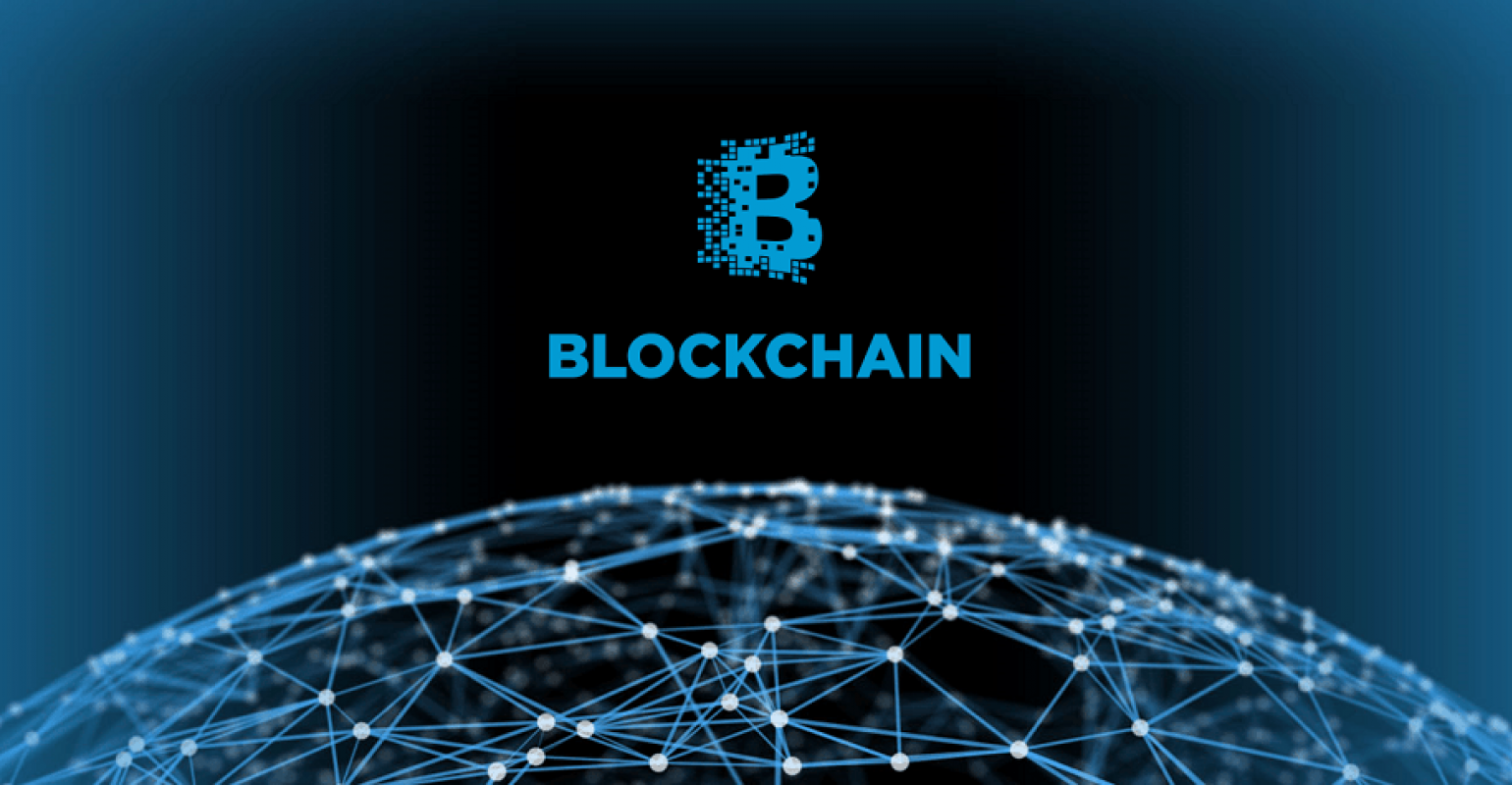Imagining Blockchain from the Simplest Way
The term blockchain for some people is no longer a strange thing because it is associated with a bitcoin digital currency. How to describe the concept in everyday life?
On January 9, 2009, Satoshi Nakamoto launched Bitcoin. He is assisted by programming experts named Mike Hearn and Gavin Andresen who interact online. Nakamoto sent an email to one of them.
"I have moved on to another activity. Bitcoin has been in good hands with you, with Gavin, and with everyone, "Nakamoto wrote to Hearn via email.
After that, Nakamoto disappears as if swallowed by the Earth. The talk about who the figure of Nakamoto was sticking out. He is a figure considered to be the birth of Bitcoin, a phenomenal crypto currency.
"The visa credit card network processes about 15 million payments via the internet every day around the world. Bitcoin is ready to process bigger than that with fewer devices and costs, "said Satoshi Nakamoto to Hearn sometime when he still has not chosen to disappear.
Nakitose Nakamoto over Bitcoin can not be separated from the technology that sustains the life of its crypto currency. The technology is called Blockchain.
Blockchain, not just present. It is a technology that is inspired from the technology that has been there before. For example, DigiCash, anonymous and undetectable digital currency systems born by David Chaum, Reusable Proof of Works (RPOW) technique, which is a token system that will provide incentives if a successful thing is done, to peer-to-peer technology and cryptography.
In general, Blockchain is defined as a digital ledger, where every transaction is recorded chronologically and distributed publicly and secured by cryptographic techniques.
Technically, Blockchain, in this case Bitcoin transactions, begins with broadcasting transactions utilizing peer-to-peer, technologies similar to downloading movies utilizing Bittorrent. Transactions that are broadcast are called nodes. Transactions or nodes are validated by the community, whether or not they happen.
If true, nodes will be combined or listed with other nodes forming a new block. Combined with existing blocks. In the Wired report, there are 200 thousand computers and growing worldwide that work together to form Blockchain network, including helping to validate transactions and storing each new blocks created.
Definition Blockchain is not friendly to the ears of ordinary people. Ledgers, nodes, or blocks, elusive.
Understanding from the Simplest
Bettina Warburg, researcher on Transformative Technologies, in Wired multimedia shows, explains Blockchain at various age levels. In children of kindergarten age, Warburg implicitly explains that Blockchain is not much different from the concept of conventional buying and selling transactions.
Conventional buying and selling transactions are done by visiting the store or the seller. However, when using Blockchain, Warburg tells the children that "the transaction is the same, but it does not need a store and does not need to meet the seller's face."
In a simple example, Blockchain can be explained by a marbles lending transaction between Andi and Wawan. Andi, who has 10 marbles to loan 3 marbles to Wawan. Andi recorded 3 marbles that Wawan borrowed to remember it. In a conventional system, Wawan allows to circumvent having received 3 marbles from Andi. The reason? Only Andi has a record of 3 marbles that Wawan borrowed. Wawan and other friends, do not have the record.
However, using the Blockchain system, when Andi was about to lend 3 marbles to Wawan, the news was instantly distributed. In addition to being accepted by Andi and Wawan, the news was also received by their other friends. Andi, Wawan, and other partners validate the transaction. If all stated the true transaction occurred, the loan 3 marbles were then recorded. Recording not only in Andi's book, but also in all books owned by Andi, Wawan, and other friends. In order to protect from cheating, the notes are protected by cover and each owner can not delete records.
In adolescents, who are accustomed to using eBay or Tokopedia, Warburg says that Blockchain is actually just a tool to make transactions easier. When shopping in Tokopedia, users pay for their order items with certain amount of money, either via credit card or transfer. Transaction activities are assisted by third parties. Well, when using Blockchain, Warburg says that "you do not need eBay and any third parties."
A more interesting explanation for what Blockchain is from comes from Nik Custodio, director of FTI Consulting, a digital business consulting firm. Through his writings in Coindesk, Custodio likens physical transactions and Blockchain transactions through an apple.
On physical transactions, if A gives B an apple, simply, no significant problem arises. In the hands of A, no apple left. While in the hands of B, there is an apple that he can treat at will.
However, what if the exchange of apples between A and B is not physical, but digital? When A transfers the digital apple to B, there is still the possibility that A has apples. Why? Before transferring, A may be able to cheat by duplicating the data, by sending a copy of the digital apple to C for example. This evil behavior of A, in the technological world is called "double-spending problem."

You do things when the opportunities come along. I've had periods in my life when I've had a bundle of ideas come along, and I've had long dry spells. If I get an idea next week, I'll do something. If not, I won't do a damn thing.
@resteemator is a new bot casting votes for its followers. Follow @resteemator and vote this comment to increase your chance to be voted in the future!